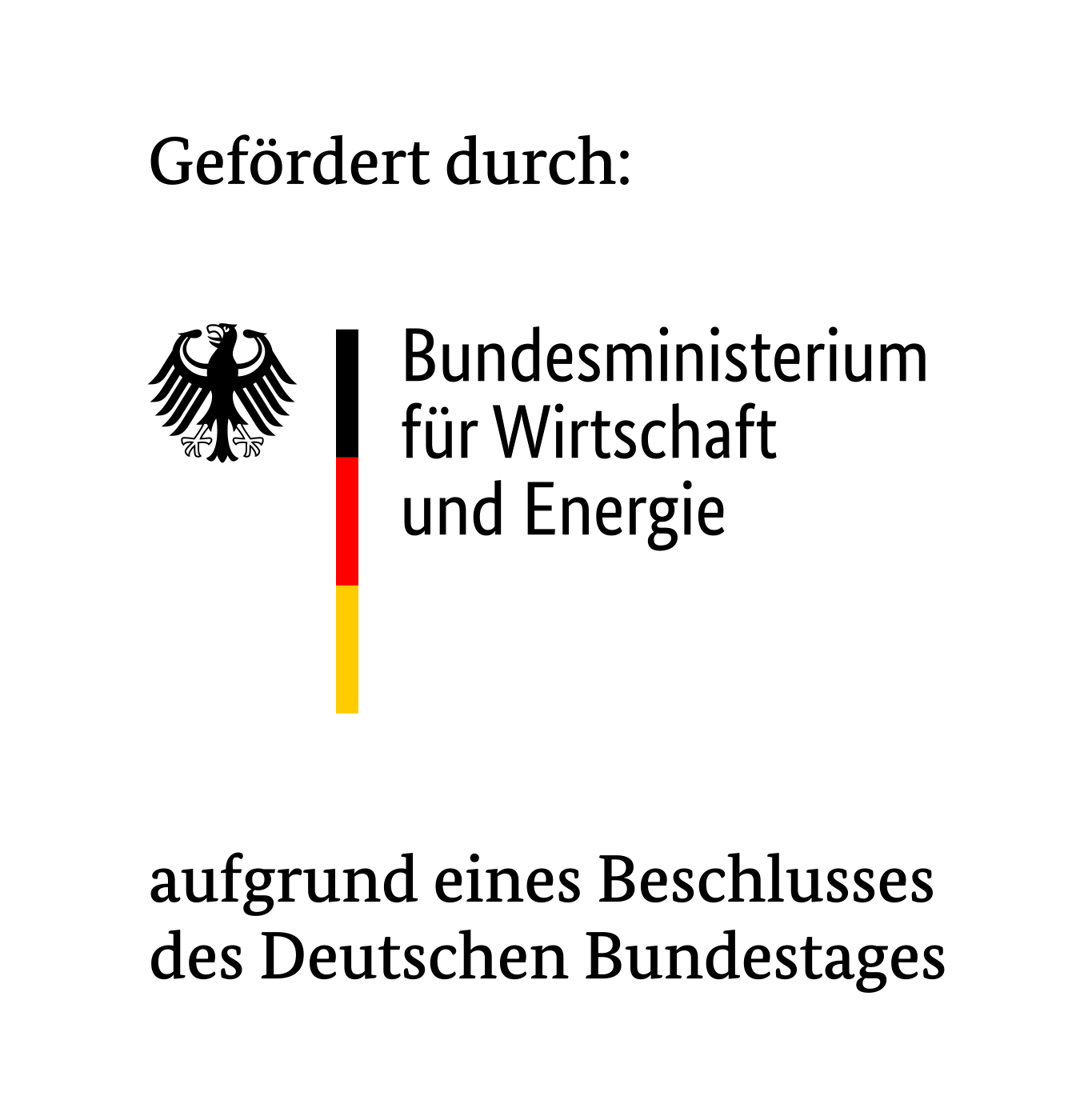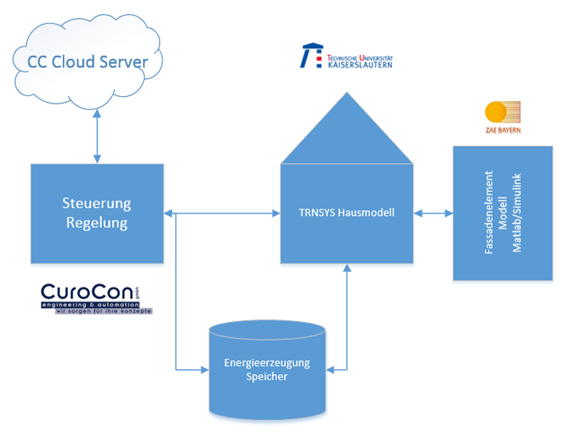multifunctional building element with adjustable thermal insulation
The MuFuBisS research project was carried out from 2015 to 2020. Renowned institutes and companies cooperated in the process. In addition to CuroCon GmbH, the companies involved were TU Kaiserslautern, König Metall GmbH, CG Tec GmbH, Innogration GmbH, the Bavarian Center for Applied Energy Research (ZAE), TEB Dr. Kerspe and the DLR Institute for Technical Thermodynamics. The work was funded by the German Federal Ministry for Economic Affairs and Energy and the Jülich Research Center. The topic was intelligent energy management by means of multifunctional components, whereby the novelty lay in the combination, adaptation and integration of various functionalities in a composite element, including the associated cost reduction. The medium-term goal is to improve the energy efficiency of buildings, also in view of climate change and dwindling fossil energy reserves.
There were three research areas for this purpose:
- Four residential houses were included in the course of the project to develop and integrate smart control. Thus, the heating of one house was connected to the CuroControl® Homebase Box, which serves as the central unit of the home automation system. In connection with a Siemens controller, measurement data for the control system was recorded and stored for further evaluation. Furthermore, a cloud was integrated to control the system. The basis of the control / regulation was the CuroControl® Homebase incl. Siemens control system. The aim of the project was to collect data on energy consumption depending on the season and to control the heating intelligently, ultimately also developing an energy-saving model that improves cost efficiency.

Fig. 1: CuroControl® PC in the boiler room house
Source: CuroCon GmbH
2. the TU Kaiserslautern researched new materials and construction methods at a Small House. This is where our CuroControl®-box comes into play during measurement data acquisition as well as during test runs.
The special feature of the Small House is the use of the building envelope to actively provide heat. The heat is primarily generated by solar thermal systems. Heating is provided by wall elements and underfloor heating.

Fig. 2: Building simulation working groups
Source: CuroCon GmbH
3. The Innoliving project involved the construction of an energy-autonomous modular building. Various energy technologies were tested on a real building. These included solar thermal energy, GVI wall elements (MuFuBisS) and Peltier elements.


